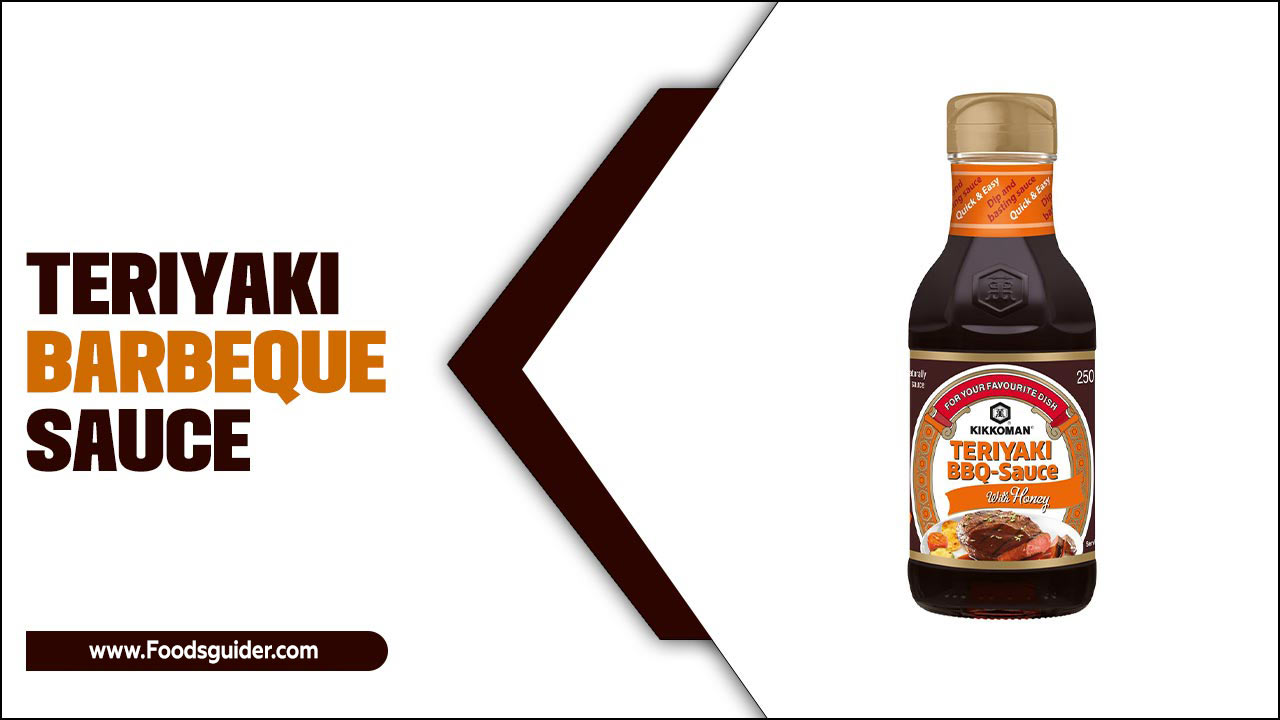Master authentic Indonesian Sate Lilit Bali in your own kitchen with this easy, flavorful recipe. Perfect for beginners, you’ll learn to create these delicious minced meat skewers with aromatic spices, guaranteed to impress!
Ever dreamed of tasting the vibrant flavors of Bali without leaving your home? Sate Lilit might sound exotic, but making it is surprisingly simple. Many home cooks find traditional Indonesian recipes a bit intimidating, full of unfamiliar ingredients or complex steps. You might think beautiful, flavorful Sate Lilit is out of reach. But guess what? It’s totally achievable! This guide breaks down everything you need to know. Get ready to create incredibly delicious Sate Lilit Bali that will transport your taste buds straight to the islands.
What is Sate Lilit Bali?
Sate Lilit is a uniquely Balinese satay dish. Unlike other satays that use chunks of meat threaded onto skewers, Sate Lilit uses minced meat (often fish, chicken, or even pork) mixed with finely grated coconut, a rich blend of spices, and sometimes a touch of lime juice. This flavorful paste is then wrapped around flat bamboo or lemongrass stalks (hence the “lilit” meaning “to wrap”) and grilled. The result is a tender, juicy, and incredibly aromatic skewer bursting with complex flavors that are both sweet, savory, and spicy.
The use of lemongrass as a skewer itself infuses a wonderful fragrance into the meat as it cooks, adding another layer of authentic Balinese charm. It’s a delightful culinary experience that showcases the island’s rich spice heritage and love for fresh, aromatic ingredients.
Why You’ll Love This Easy Sate Lilit Bali Recipe
This recipe simplifies the process without sacrificing authenticity or flavor. Here’s why it’s perfect for you:
- Beginner-Friendly: We’ve streamlined the steps so even novice cooks can achieve fantastic results.
- Packed with Flavor: Experience the vibrant taste of Bali with a unique blend of spices and coconut.
- Versatile: Easily adapt it to your preferred meat or even a vegetarian option.
- Impressive Presentation: The unique shape and aroma make Sate Lilit a showstopper.
- Budget-Friendly: Uses common, affordable ingredients.
Gather Your Ingredients: The Heart of Balinese Flavor
The secret to incredible Sate Lilit lies in its aromatic spice paste, known as bumbu halus. Don’t be daunted by a long list of ingredients; many are pantry staples or easily found at Asian markets or larger supermarkets.
For the Sate Lilit Paste (Bumbu Halus):
- 3-5 shallots, peeled and roughly chopped (about 1 cup)
- 4-6 cloves garlic, peeled (about 2 tablespoons)
- 2-3 large red chilies, deseeded if you prefer less heat, roughly chopped (adjust to your spice preference)
- 1 inch ginger, peeled and roughly chopped
- 1 inch galangal, peeled and roughly chopped (optional, but highly recommended for authentic flavor. If unavailable, use extra ginger.)
- 1 inch turmeric, peeled and roughly chopped (or 1 tsp ground turmeric)
- 1 stalk lemongrass, outer layers removed, tender inner part finely chopped (about 2 tablespoons)
- 1 teaspoon coriander seeds (or ground coriander)
- ½ teaspoon cumin seeds (or ground cumin)
- ½ teaspoon white peppercorns (or ground white pepper)
- 1-2 kaffir lime leaves, finely chiffonaded (cut into very thin strips) – optional, but adds incredible citrus aroma. If unavailable, use a little lime zest.
- 1 teaspoon shrimp paste (terasi/belacan) – optional, but adds a deep umami flavor.
- 1 tablespoon cooking oil (for blending)
- ½ teaspoon salt
- ½ teaspoon sugar
For the Sate Lilit Mixture:
- 1 lb (450g) minced meat: chicken, fish (firm white fish like snapper or mackerel), pork, or even lamb. For a vegetarian option, use finely chopped firm tofu or tempeh.
- ½ cup unsweetened grated coconut (fresh is best, but dried can be used; soak dried coconut in warm water for 10 mins and drain well)
- 2 tablespoons coconut milk (optional, for extra moisture)
- 1 tablespoon lime juice
- 1 tablespoon oil for cooking (e.g., vegetable, coconut, or peanut oil)
For the Skewers:
- 15-20 bamboo skewers, soaked in water for at least 30 minutes (to prevent burning)
- Alternatively, use 15-20 lemongrass stalks, trimmed to about 6 inches, outer dry layers removed, and the bottom bruised to release aroma.
Tools You’ll Need
You don’t need fancy equipment for this recipe!
- Food Processor or Blender: To make the spice paste. A mortar and pestle can also be used for a more traditional texture.
- Mixing Bowls: For combining the ingredients.
- Measuring Spoons and Cups: For accurate ingredient amounts.
- Knife and Cutting Board: For prepping ingredients.
- Grill or Grill Pan: For cooking the satay. An oven can also be used.
- Tongs: For turning the skewers.
Step-by-Step: Crafting Your Delicious Sate Lilit Bali
Follow these simple steps to create authentic Sate Lilit!
Step 1: Prepare the Aromatic Spice Paste (Bumbu Halus)
This is where the magic happens. A good spice paste is key to the depth of flavor in Sate Lilit.
- If using a food processor or blender, add all the Bumbu Halus ingredients (shallots, garlic, chilies, ginger, galangal, turmeric, lemongrass, coriander seeds, cumin seeds, white peppercorns, kaffir lime leaves/zest, shrimp paste if using, salt, and sugar) into the machine.
- Add 1 tablespoon of cooking oil to help the ingredients blend smoothly.
- Process or blend until you have a relatively smooth paste. Scrape down the sides as needed. If using a mortar and pestle, pound each ingredient until it forms a fine paste.
Step 2: Mix the Sate Lilit Mixture
Now we bring the paste and the star ingredient together.
- In a medium mixing bowl, combine the minced meat (or your chosen alternative), the prepared spice paste, grated coconut, lime juice, and coconut milk (if using).
- Use your hands (the best tool for the job!) to thoroughly mix everything together. Ensure the spice paste and coconut are evenly distributed throughout the meat.
- Cover the bowl and let the mixture marinate in the refrigerator for at least 30 minutes, or preferably for 1-2 hours. This allows the flavors to meld beautifully.
Step 3: Skewer the Sate Lilit
This is the “lilit” part – wrapping the meat mixture around the skewers.
- Take about 2-3 tablespoons of the meat mixture.
- Wet your hands slightly to prevent sticking.
- Take a prepared skewer (either soaked bamboo or bruised lemongrass stalk).
- Press the meat mixture onto the skewer, starting from the pointed end and working your way down. Use your hands to shape and mold the mixture. Wrap it evenly around the skewer, creating a sausage-like shape about ½ inch thick. You want a good, solid coating.
- Continue this process until all the mixture is used up.
Step 4: Cook the Sate Lilit
Grilling brings out the best smoky, savory flavors.
- Grilling: Preheat your grill to medium-high heat. Lightly oil the grill grates to prevent sticking. Place the Sate Lilit skewers on the grill, leaving some space between them. Grill for about 8-12 minutes, turning occasionally, until the meat is cooked through and nicely charred on all sides. The coconut will toast and add a lovely aroma.
- Grill Pan: Heat a tablespoon of oil in a grill pan over medium-high heat. Place the skewers in the pan (you may need to do this in batches). Cook for 8-12 minutes, turning regularly, until cooked through and browned.
- Oven Baking: Preheat your oven to 400°F (200°C). Place the skewers on a baking sheet lined with parchment paper. Bake for 15-20 minutes, flipping halfway through, until cooked through. You can broil for the last 1-2 minutes to get some char marks.
Nutritional Information Comparison
Understanding the nutritional profile can help you make informed choices. Here’s a general comparison for 100g of cooked Sate Lilit, noting that variations exist based on the type of meat, portion size, and added fats.
| Nutrient | Sate Lilit (Chicken Breast) | Sate Lilit (Firm White Fish) | Sate Lilit (Pork Loin) | Typical Satay Skewer (Beef chunks) |
|---|---|---|---|---|
| Calories | ~180 kcal | ~160 kcal | ~220 kcal | ~250 kcal |
| Protein | ~25g | ~22g | ~20g | ~22g |
| Fat | ~7g | ~5g | ~13g | ~15g |
| Carbohydrates | ~4g | ~3g | ~3g | ~4g |
| Sodium | ~300mg | ~300mg | ~300mg | ~350mg |
Note: These are approximate values. Sate Lilit tends to be leaner and richer in spices compared to some other satay types due to the inclusion of minced meat and coconut. The use of lean meats like chicken breast or fish contributes to a lower fat content.
Tips for Success and Variations
Here are some extra tips to make your Sate Lilit even better:
- Freshness is Key: For the best flavor, use fresh aromatics like ginger, turmeric, and lemongrass.
- Adjust Spice Level: If you’re sensitive to heat, remove the seeds from the chilies or use a milder variety. You can also reduce the number of chilies used.
- Don’t Overcrowd the Grill: This ensures even cooking and prevents steaming.
- Lemongrass Skewers: If using lemongrass, ensure the lower part is bruised or lightly smashed. This helps release its aromatic oils during cooking. You can find more information on using aromatics in cooking here.
- Vegetarian/Vegan Option: Finely chopped firm tofu or tempeh mixed with the spice paste and coconut works wonderfully. Ensure you press the tofu well to remove excess water.
- Fish Sate Lilit: A popular variation! Use firm white fish like snapper, mackerel, or mahi-mahi. For a finer texture, you can even pulse the fish briefly in a food processor before mixing with the paste.
- Pork Sate Lilit: Pork belly or pork shoulder can be used for a richer flavor. You might need to mince it yourself for the best texture.
Serving Your Sate Lilit Bali
Sate Lilit is best served fresh off the grill. It’s traditionally enjoyed with steamed rice and a variety of Indonesian accompaniments:
- Steamed Jasmine Rice: The perfect fluffy base to soak up any delicious juices.
- Sambal Matah: A fresh Balinese chili relish made with shallots, lemongrass, chili, and lime juice. It offers a vibrant, zesty contrast.
- Peanut Sauce: While not traditional for Sate Lilit itself (the flavor is already within the meat), some people enjoy it on the side.
- Fresh Cucumber and Tomato Slices: For a refreshing counterpoint.
- Krupuk (Indonesian Crackers): For a satisfying crunch.
The aroma of the grilled skewers, combined with the fresh accompaniments, creates an authentic Balinese dining experience right at your table.
Frequently Asked Questions (FAQ)
What type of meat is traditionally used for Sate Lilit?
Traditionally, Sate Lilit can be made with minced fish (especially from the sea), chicken, pork, or even beef. In Bali, fish is very common. This recipe is versatile, so feel free to choose your favorite.
Can I make Sate Lilit ahead of time?
Yes, you can prepare the meat mixture and even skewer it a few hours in advance. Store it covered in the refrigerator. For best results, cook it closer to serving time to enjoy it hot off the grill.
My sate lilit is sticking to the grill. What can I do?
Ensure your grill grates are clean and well-oiled before cooking. Also, make sure the meat mixture is firmly pressed onto the skewers. If using bamboo skewers, soaking them in water for at least 30 minutes prevents them from burning and helps the meat release more easily when lightly oiled.
What if I can’t find galangal or kaffir lime leaves?
Galangal has a distinct peppery and citrusy flavor. If you can’t find it, you can substitute it with an equal amount of fresh ginger, perhaps with a tiny pinch of ground cardamom for a hint of exotic spice. For kaffir lime leaves, a little lime zest can provide a similar citrus note.
Is Sate Lilit spicy?
Sate Lilit can be made to your preferred level of spice. The chilies in the spice paste contribute to the heat. If you prefer mild, deseed the chilies and reduce the quantity. If you love heat, keep the seeds or add more chilies!
How do I know when Sate Lilit is cooked?
The meat should be firm to the touch and cooked through. You’ll see it change color from pink to opaque brown. There should be some nice charring on the outside from the grilling process. The internal temperature for chicken or pork should reach 165°F (74°C).
Conclusion
Making authentic Indonesian Sate Lilit Bali at home is a rewarding culinary journey. This easy-to-follow recipe breaks down the process into simple steps, making it accessible for cooks of all levels. From the vibrant spice paste to the unique wrapping technique, every part of this dish is designed to deliver incredible flavor and a taste of Balinese culture. Don’t be afraid to experiment with different meats or spice levels. With just a little practice, you’ll be creating delicious, aromatic Sate Lilit that will impress your family and friends. So, grab your ingredients, fire up the grill, and get ready to experience the exotic tastes of Bali!







